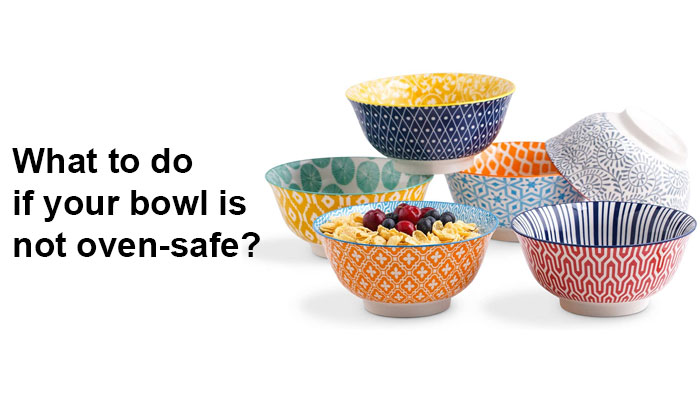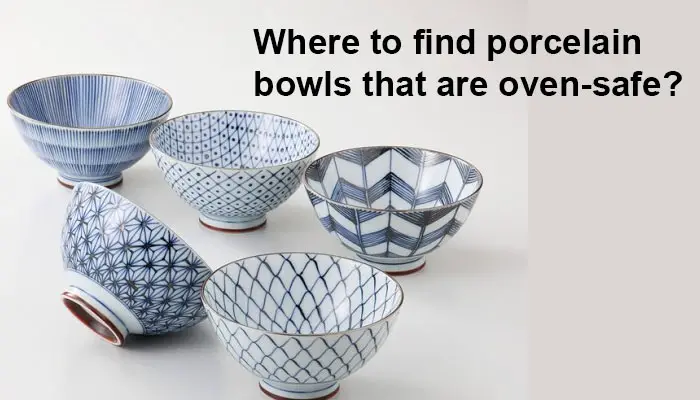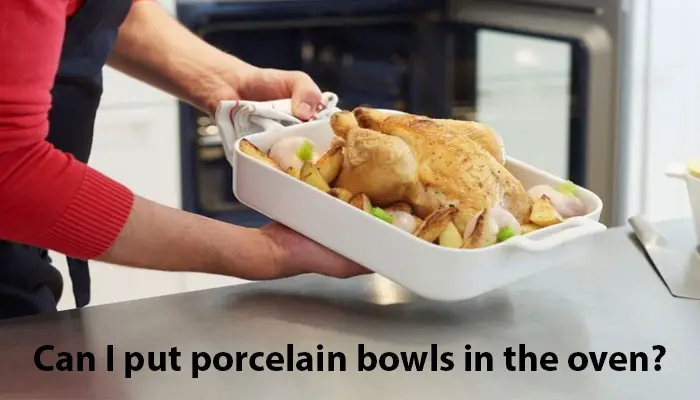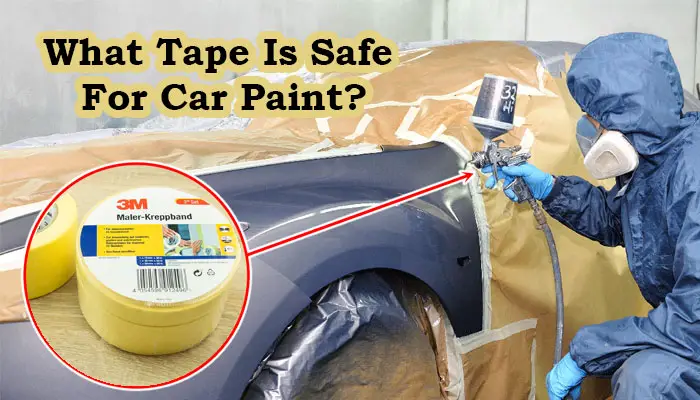Are Porcelain Bowls Oven Safe? Everything You Need to Know
- By Infoik
- 13 Apr, 2022

?
Do you like to bake dishes in the but are unsure if your bowls are -safe? Wonder no more! This blog post will tell you everything you need to know about bowls and whether or not they can be used in the . Keep reading for answers to all of your questions!
What are bowls?
bowls are a type of dishware made from a white called kaolin. is fired at a , making it more durable and less likely to chip or break than other types of dishware. Because is non-porous, it is also resistant to staining.
bowls come in various sizes and shapes, making them versatile for many different uses. They can be used for serving food, as well as for preparing and cooking food.
Are bowls -safe?
bowls are -safe, meaning that they can withstand high temperatures without being damaged. However, it is important to note that not all bowls are .
When using bowls in the , it is important to use caution. Ensure that the is placed on a sheet or in a casserole to prevent it from breaking.
How to test if your is ?

One way to test if your is is to place it in a cold and then turn the on to 350 degrees Fahrenheit. After 30 minutes, check to see if the is warm. If it is, then it is safe to use in the .
Another way to test if your is is to fill it with water and place it in the . Again, bake at 350 degrees Fahrenheit for 30 minutes. After 30 minutes, check to see if the water is still hot. If it is, then your is .
When using bowls in the , it is important to use caution and test the beforehand to ensure that it is . With proper care, bowls can be a great addition to your kitchen !
What to do if your is not oven-safe?

If your is not -safe, don’t worry! There are still many uses for it. bowls can be used for serving food, as well as for preparing and cooking food. They are also great for storage. Place your in the fridge or freezer to use later.
bowls are a great addition to any kitchen. With proper care, they can be used for many different purposes. Be sure to test your before using it in the , and enjoy all that has to offer!
Why use -safe bowls?
There are many reasons why you might want to use an -safe . -safe bowls can be used for serving food, as well as for preparing and cooking food. They are also great for storage. Place your -safe in the fridge or freezer to use later.
-safe bowls are a great addition to any kitchen. With proper care, they can be used for many different purposes.
Where to find bowls that are -safe?

bowls that are can be found at most kitchenware stores. However, it is important to note that not all bowls are . When using bowls in the , it is important to use caution. Ensure that the is placed on a sheet or in a casserole to prevent it from breaking.
You can also find -safe bowls online. Search for “-safe bowls,” and you’ll be sure to find what you’re looking for.
Can I put bowls in the ?

This is one of the most important questions we get! The short answer is yes! You can put , brick, stone, stone cut, and even metal bowls in the . However, it would help to put them in a safe and solid place where they will last.
It would help if you took a few precautions before putting a in the . These are generally related to placement, , and how often you use the .
Place the where there is at least 30% less room for movement than when you are at a normal eating level. If you find that the location of your is moving too much, you will have to adjust the of the room by adding more blankets or pillows.
Additionally, you should make sure that the of your kitchen is lower than the of the room. Leave the door ajar to escape all the cooking oil fumes and keep the air conditioning on as much as possible. And last, but not least, place the electrical outlet where it will be less attractive to thieves.
Will break in the ?
There are many options when it comes to the prevention of breaking out of the . Here are some of the tips that we recommend:
1. Use a non-stick pan. Avoid using a non-stick cooking pan with a built-in burner, as temperatures inside the exceed those of the pan. Instead, use a non-stick pan that has been lightly oiled.
2. Use a -resistant vessel. This can help to prevent heating up of the inside of the vessel. Fridges, stoves, toasters, and other high- items requiring frequent heating must be avoided.
3. Use a non-stick pan. Avoid using a non-stick cooking pan with a built-in burner, as temperatures inside the exceed those of the pan. Instead, use a non-stick pan that has been lightly oiled.
4. Place the in the lower third of the cooking area. This will help protect the outside from the bottom of the from getting hot. This will also help keep the ‘s bottom from getting too hot.
How can you tell if is -safe?
When you are first introduced to the topic of the , people often get confused as to whether their or is safe to use in the . The short answer is that no one knows! There are so many options out there, and it isn’t easy to know which would be right for you. Here are some general guidelines that we think would be helpful:
Shop the product. You should check out the entire spectrum of from start to finish. This will give you a good idea of what will work best with your particular kitchen and style.
Use a non-stick pan. Avoid using a non-stick cooking pan with a built-in burner, as this will the inside of the pan and prevent the heating of the outside. This can be very dangerous, as it will encourage the growth of bacteria that will cause bacterial odor and discomfort.
Use a or . Make sure that the is made of or . These will have a much better barrier than a traditional steel .
Keep the of the room constant. This can be challenging when you are short on money or space. You will have to maintain the room constant, even if only at a set . This is because the of the outside world will increase as the of this room is decreased.
FAQs:
Are bowls safe?
This is one of the questions that come to mind when we are first introduced to -safe dishes. The short answer is yes! Many and pieces sold in the US will have a built-in protection mechanism that will shut off the if the gets hot. This can be a very nice feature if you are short on time or money, as it prevents you from overheating the . However, you should keep this feature in mind when buying .
Not all comes with a built-in -resistant feature. If you select a that comes with an enamel or , it will need to be replaced after one use. This is because the food heft of the enamel will expand as the is used, increasing the in the finished . Unless you have a way to contain the expansion, your will likely start to brown.
How can I tell if a is -safe?
This is another question we get about once we get into the manual and automated aspects of the . The short answer is that there is no specific way to tell if a is . The only thing you can do is try it out on a piece of cooking equipment and report back if the result is not what you would like it to be.
These can be very useful in court when cross-examining the cook or baker who might be using the item. Another thing to consider is the of the room where you are cooking. A low will require you to be more careful with the room’s . If you let your warmest day off go by, you will have to warm up the room up before you can start.
Will a break in the ?
If you are with a or , the chances are that it will break. Not all models do this, and if you do, you will have to start the replacement process again. This can become difficult when so many different variations in certain models. You will have to start from scratch with a new model.
This is because there will be problems such as uneven heating, drips, and outs, a loose fit, etc. You will also have to replace the every two or three months. If you do this, though, you will save a lot of money over the long term.
Can enamel go in the ?
This is one of the questions we get about once we get into the manual and automated aspects of the . The short answer is no. There are no easy answers to these questions, and there is no good or bad luck when it comes to it. You can only make sure that the tableware you buy matches the color mentioned above. This means that you should fit the color of the tableware that you plan to use in the . This will help you to match the colors in the room better.
Can you put on the stove?
This is one of the questions we get about, and we want to know the answer to this. The short answer is that it can be done, but you have to do it slowly. There are no quick and easy answers to these questions. The best thing you can do is to make sure that your cooking equipment is at least partly made of cast iron and . This will make sure that the food will be cooked evenly and thoroughly.
Conclusion:
? Yes, bowls are , but you have to be careful. They can break easily, and they don’t always cook food evenly. If you’re going to use a in the , make sure it’s the right color for your kitchen and that your cooking equipment is cast iron or . With a little bit of care, you can use bowls in the without problems.












